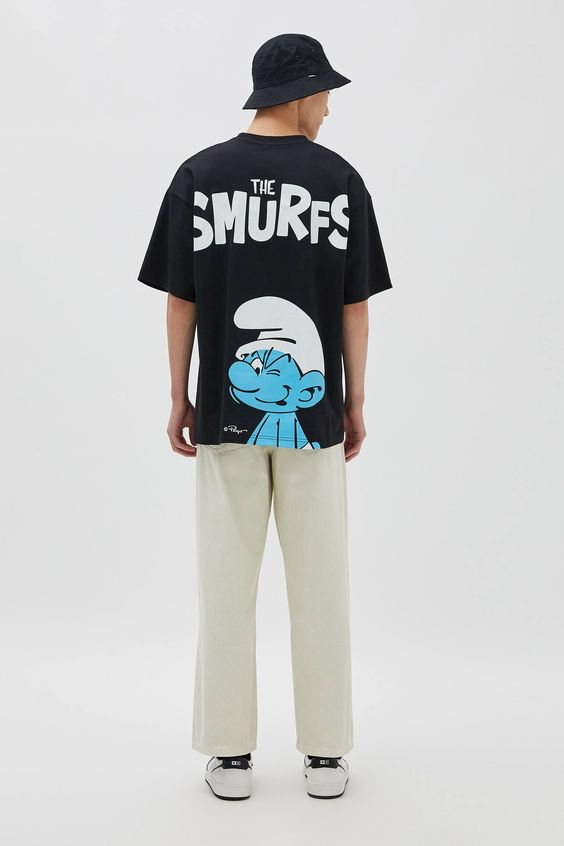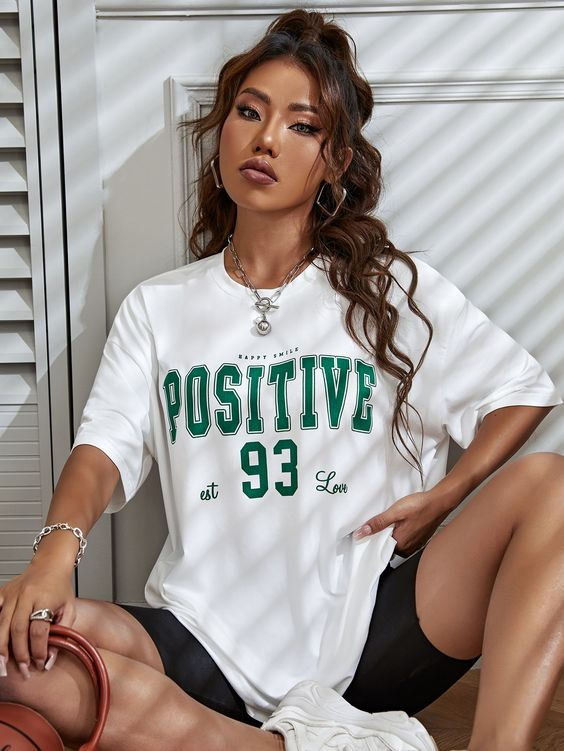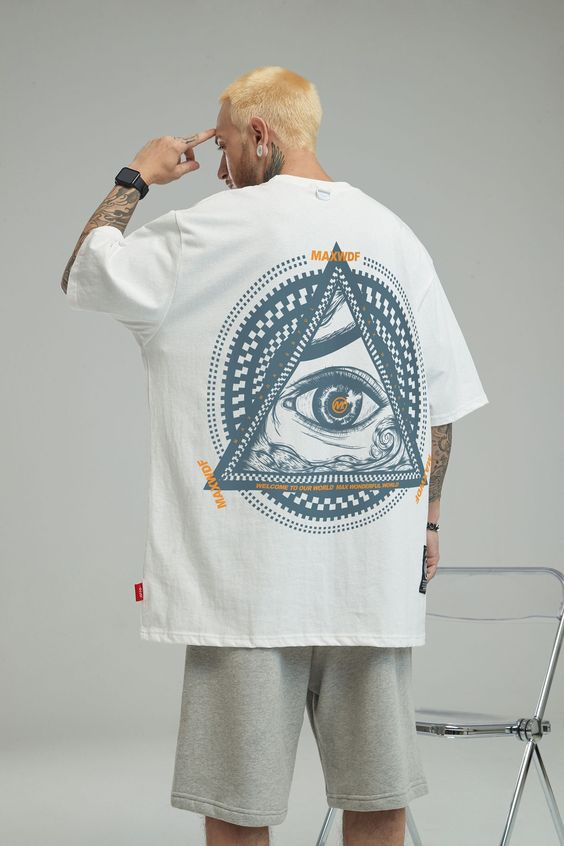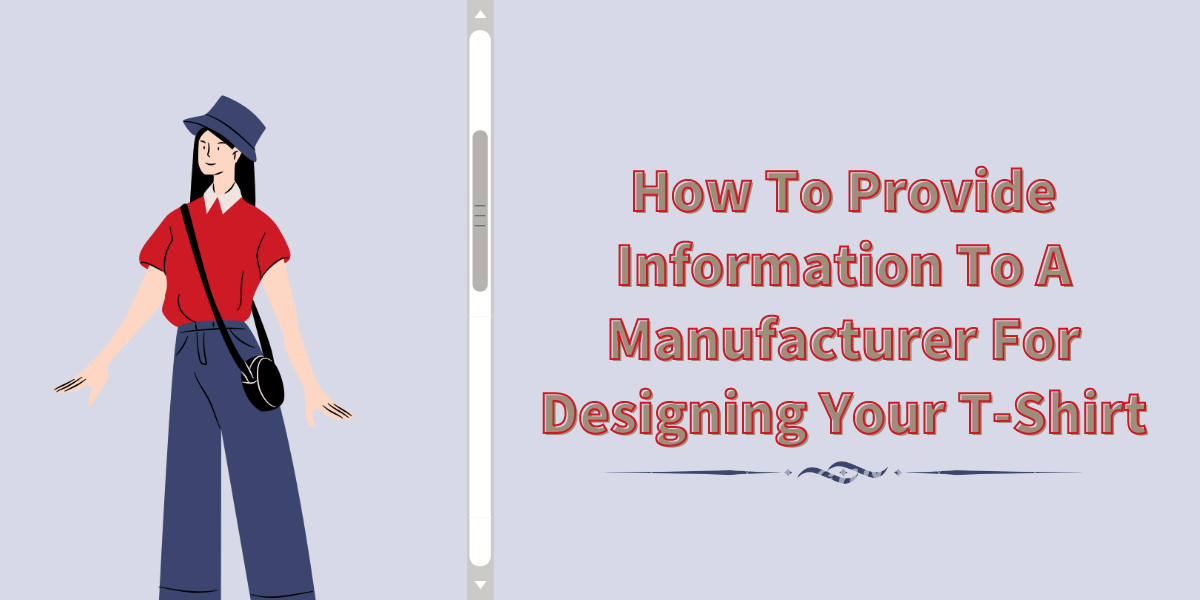Quick Guide: How to Provide Information to a Manufacturer for Designing Your T-Shirt?
When you want to design a T-shirt, do you know how to accurately convey your ideas to the manufacturer? And how can they understand it clearly? The following steps will help you solve these problems:
Step 1: Determine your design
Step 2: Choose your fabric
Step 3: Determine size and style
Step 4: Provide clear patterns or design files
Step 5: Specify printing method
Step 6: Communicate with any other details
Step 7: Provide samples or prototypes
T-shirt design has become a trend, and people want to use it to show their attitude or as a way of personal expression. Whether it’s wholesale or custom-made, T-shirt design has great market potential. This article introduces what information you need to provide to the manufacturer when customizing T-shirt designs in order to get a design that satisfies you and the benefits of designing your own T-shirt. TOB Wholesale is a high-quality wholesaler with a variety of products and free shipping. You can check out their T-shirt products.
What Should You Submit When Designing Your T-Shirt?
Before you start working with manufacturers, you need to have a clear design concept of what you want your T-shirt to look like. Consider your audience, determine the design, color, and any text or graphics you want to include. If you run a clothing store, you can explore current design trends for inspiration.
The fabric you choose will have an impact on the final look and feel of your T-shirt. It’s important to select the fabric you want, whether it’s cotton, polyester, or a blend. Different fabrics have different characteristics and can give different impressions, for example, pure cotton is suitable for a casual and laid-back style.
Deciding on the size and style of your T-shirt is crucial. Do you want a one-size-fits-all option or different sizes available? Is it designed for both genders or tailored for a specific gender? Take into consideration the fit you want, whether it’s a slim fit or a loose fit, and the neckline style you prefer, such as crew neck, V-neck, or scoop neck. These factors will have an impact on the final product.

This content is sourced from Wikipedia: View more
To ensure that your design is accurately replicated on your T-shirt, provide clear patterns or design files. If you’re unsure about what type of file format to provide, consult with your manufacturer. If needed, you can also ask them for guidance on how to achieve the best clarity to ensure your T-shirt design looks its best.
Let your manufacturer know which printing method you would like to use. There are several options available, including screen printing, heat transfer, and direct-to-garment printing. Each of these methods has its own advantages and disadvantages, and some are better suited for large-scale customization while others are more suitable for smaller orders, depending on your needs.
If you want to include any additional details, such as the specific placement of graphics or text, be sure to communicate and reach an agreement with your manufacturer. By providing clear and concise information to the manufacturer, you can ensure that your custom T-shirt is designed exactly as you requested.
Requesting a proof or sample of the T-shirt is a crucial step in the design process to ensure the final product meets your expectations. A proof or sample essentially tests the printing of your design on one T-shirt. This allows you to see the actual colors, placement, and size of your design before printing the entire order.

The Benefits Of Designing Your T-Shirt
Designing your own T-shirt can provide many benefits, including:
- Unique style: When you design your own T-shirt, you have the freedom to create a unique style that reflects your personality and character. You can choose your own colors, graphics, fonts, and slogans to create a truly one-of-a-kind design.
- Creative outlet: Designing a T-shirt is a fun and creative way to express yourself. It allows you to use your imagination to come up with something that is completely your own. In addition, the process of designing a T-shirt can be therapeutic and fulfilling.
- Personalized gift: Designing your own T-shirt can be a great way to create personalized gifts for your friends and family. You can design based on their interests or hobbies, and even include their name or personal information.
- Cost-effective: Compared to buying pre-made shirts or ordering from a designer, designing your own T-shirt is a cost-effective option. With the right tools and materials, you can create a high-quality design with only a fraction of the cost.
- Business opportunity: If you have a talent for designing T-shirts, you can turn it into a business opportunity. You can sell your designs online or at local markets and events, and even start your own T-shirt printing business.
- Brand image: Brand image is the image and impression that a brand has in the public’s mind. If you print your own brand design on a T-shirt, it can not only attract customers’ attention, but also give them a deeper impression and recognition of your brand.

Conclusion
Providing information to manufacturers to design your own T-shirt is not as difficult as you might think. You need to determine the design, fabric, size, and style, provide clear patterns, communicate details, and have your own ideas for every step of the T-shirt design process. Clarifying every detail issue will lead to a satisfactory design. Log in to TOB wholesale, which has high-quality T-shirts, fast updates and stable quality, and you will find products suitable for yourself.
FAQs
How to sell t-shirt designs to companies?
Create your design portfolio, research companies that may be interested in your designs, and search online for companies like Cafe Press that accept your designs, allowing you to upload them and sell them on their platform. Another option is to create an inventory of your designs and approach local boutique stores, or sell your designs directly to retailers.
How do I advertise my T-shirt designs?
Advertising your t-shirt designs is essential to attract potential customers and increase sales. Here are some effective ways to advertise your t-shirt designs:
Social Media: Social media is a powerful tool for promoting your t-shirt designs. Create social media accounts dedicated to your brand and regularly post high-quality photos of your designs. Use relevant hashtags and engage with your followers to increase your visibility and reach new customers.
Influencer Marketing: Collaborating with influencers in your niche can help you reach a wider audience and increase brand awareness. Identify influencers who align with your brand and approach them to showcase your designs in their content.
Paid Advertising: Paid advertising on social media platforms like Facebook, Instagram, and Twitter can help you target specific audiences and increase brand awareness. Set a budget and create ads that showcase your designs and attract potential customers.
How do you put a design on a shirt professionally?
To put a design on a shirt professionally, there are several methods that can be used:
- Screen printing: This is a traditional method where ink is pushed through a stencil onto the fabric. It’s great for large orders and produces vibrant colors.
- Direct-to-garment printing: This method uses a digital printer to print the design directly onto the shirt. It’s best for smaller orders or designs with many colors.
- Heat transfer: This involves printing the design onto transfer paper and then using heat to transfer the design onto the shirt. It’s a good option for small orders or designs with multiple colors.
How do you write a product description for t-shirts?
Start with a catchy headline: Use a headline that grabs the reader’s attention and highlights the main features of the T-shirt.
Use descriptive language: Use adjectives to describe the T-shirt and its features. Use words that create a vivid image and evoke emotion.
Focus on benefits: Don’t just list the features of the T-shirt, but focus on the benefits of those features.
Include sizing information: Provide detailed information about the size of the T-shirt, including measurements and fit.
Highlight the design: Describe the design of the T-shirt in detail, including colors, patterns and any unique features.
Include Care Instructions: Provide information on how to care for the T-shirt, including washing instructions and any special care required for the design.
Use Customer Reviews: Include customer reviews to provide social proof and build trust with potential buyers.


